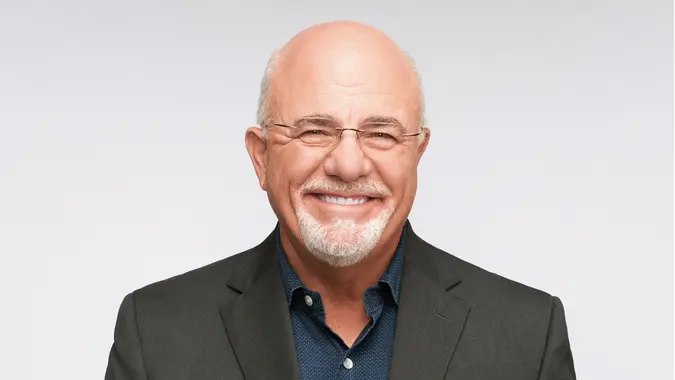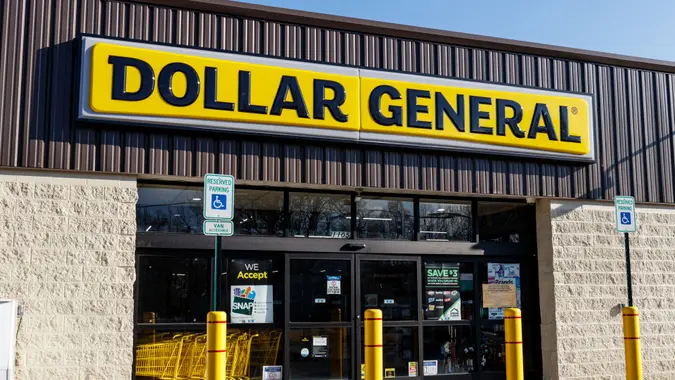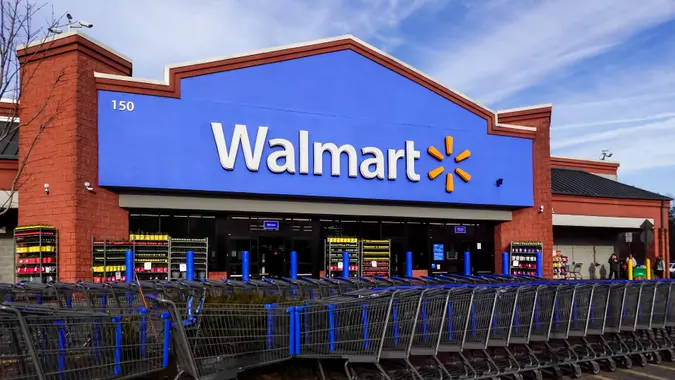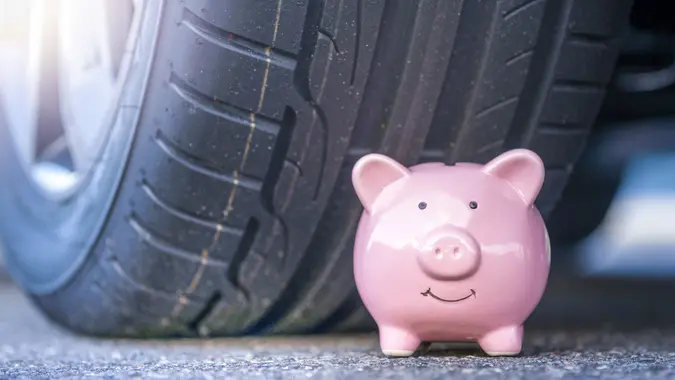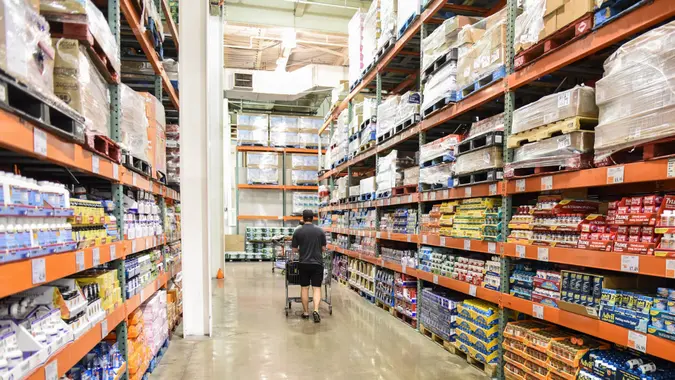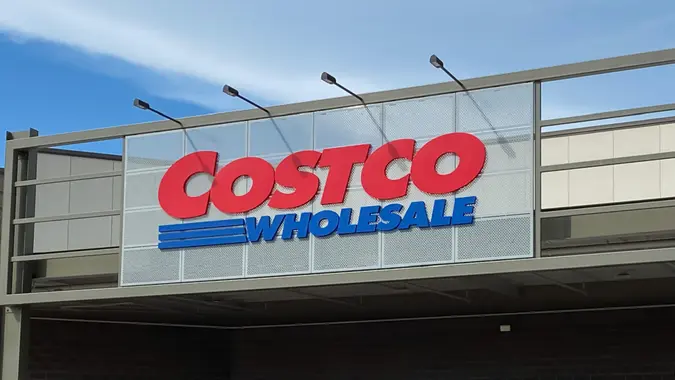Should SNAP Emergency Money Stay Permanent? Food Insecurity Remains a Concern

Commitment to Our Readers
GOBankingRates' editorial team is committed to bringing you unbiased reviews and information. We use data-driven methodologies to evaluate financial products and services - our reviews and ratings are not influenced by advertisers. You can read more about our editorial guidelines and our products and services review methodology.

20 Years
Helping You Live Richer

Reviewed
by Experts

Trusted by
Millions of Readers
One of the major impacts of the COVID-19 pandemic was that it contributed to a food crisis for households that suddenly faced a loss of income due to business shutdowns. The U.S. government responded by expanding the Supplemental Nutrition Assistance Program (SNAP) to include emergency allotments in addition to regular monthly payments.
With the pandemic no longer considered a major health crisis, those emergency allotments have ended. SNAP, formerly known as food stamps, is a federal food purchasing assistance program overseen by the USDA but administered at the state level. When the emergency allotments ended, SNAP recipients who qualified for the extra money saw their monthly payments fall by $95 or more. According to some estimates, the average monthly SNAP benefit was reduced by $82 a month per person.
These developments have prompted hunger advocates to sound the alarm about the potentially devastating impact on the food security of millions of financially strapped American households.
In a Jan. 31 report for the Union of Concerned Scientists, interdisciplinary scientist Alice Reznickova warned of an “approaching hunger cliff” for many of the 42 million people who depend on SNAP. That’s mainly because SNAP benefits might not have been enough even before the emergency allotments were approved.
“Because so many people are now at risk of going hungry without these extra benefits, this shows that pre-pandemic SNAP was insufficient,” Reznickova wrote. “In other words, the pandemic expansion of SNAP was not just an emergency benefit, but rather an integral supplement that would have made SNAP work better in the future.”
Food Insecurity Remains a Concern in America
Between 10% and 15% of U.S. households were deemed food insecure each year over the past two decades, Reznickova noted, citing USDA data. That’s the case even with the assistance of SNAP benefits.
What’s more, not everyone who is food insecure even qualifies for SNAP.
To be eligible, a household’s gross income must be at or below 130% of the poverty line, according to the Center on Budget and Policy Priorities. For a family of three, the poverty line used to calculate SNAP benefits in fiscal year 2023 is $1,920 a month. This means that 130% of the poverty line for a three-person family is $2,495 a month, or about $29,940 a year. The poverty level is higher for bigger families and lower for smaller families, the CBPP said.
But as Reznickova pointed out, studies on food security have found that nearly 19% of households with incomes between 130% and 185% of the poverty threshold identify as food insecure. But because of their income, they don’t qualify for SNAP benefits.
“Many who need help putting food on the table may not qualify and those who do [qualify] may not receive enough benefits,” Reznickova wrote. “The introduction of new necessities (such as technology) as well as skyrocketing costs for healthcare, education, and housing take up more space in a household budget while incomes have stagnated. This means that households may be spending more than 70% of their income on other necessities and may not be able to afford food even at incomes higher than the federal poverty threshold.”
She recommended that government officials re-evaluate the eligibility requirements for SNAP, while others have urged lawmakers to make the emergency SNAP payments permanent. So far, neither of those things have happened.
More From GOBankingRates
 Written by
Written by  Edited by
Edited by 



